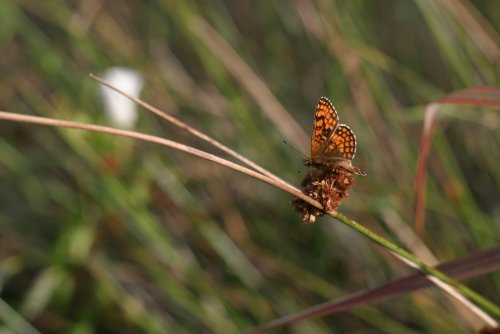GMO – Article on the C.E.’s invitation to tender on Coexistence
The European Commission has for a long time been preoccupied with Coexistence i.e. the conditions which would allow the cultivation of genetically modified plants without polluting conventional or organic cultures and so avoiding the mixing of GM and non GM crops.
Already in 2002 the Institute for Prospective Technological Studies (IPTS), a branch of the Joint Research Centre (JRC) which is a E.U. research centre, published a report under the heading “Scenarios for coexistence of genetically modified, conventional and organic crops in European agriculture” which even then showed the physical impossibility of such a coexistence notably due to the extra cost the GM plant cultivation would have on the non GM branches which would have to guard against contamination and attest this by costly analyses.
At that time Lorenzo Consoli of Greenpeace accused the director of the JRC, Doctor Barry McSweeney, of attempting to suppress this part of the report.Greenpeace revealed that in a letter to the European Commission, Barry McSweeney wrote : “given the sensitive nature of the subject, I would suggest that this report be reserved for the internal use only of the Commission”. The European authorities like science when it can justify its own pre-established positions. (note, in passing, that the “Doctor” Barry McSweeney was sacked from his job in 2005 after an Irish journal revealed that he was operating under a false doctoral diploma).
Through the intermediary of the Community Research Centre in Seville the EC has moreover published other studies on different elements concerning coexistence. In parallel the EU has, at great expense, launched other research programmes on this subject.Two of these, SIGMEA and Co-Extra were dedicated to the introduction of GM crops into European Agriculture, of the feasibility of coexistence and the traceability of the GM and GMO supply. The third research programme, Transcontainer, was dedicated to the study of methods for the confinement of transgenes to avoid the spreading of the GMPs (control of the flowering, the fertility, the transformation of the extrachromosomic DNA not present in the pollen, Terminator type techniques).
These programmes are now finished and although, to our knowledge, the results have not yet been published, it appears clear that in line with the preceeding studies, coexistence for the large majority of cultivated species is extremely difficult to say the least especially if based on the threshold of 0,1% as defined for GM free.
Alas, this does not correspond to the views of the European Commission. Refusing to accept the previous studies they now see fit to launch a further tender for a cool three million euros still on the same subject : Coexistence. This time the invitation to tender is explicit from the outset : the coexistence must be realisable and at a reasonable cost. In case certain persons have not understood, a paragraph in the tender is very specific. “The coexistence can be carried out a priori with isolating distances much lower than previously suggested”. For the Commission which bases its decisions on Science and Science alone, the results of the research are given BEFORE the study which must, to the tune of three million euros, find a way to validate them. In fact even the wording of the text of the tender echoes a publication from Matty Demont and coll.(2010) which argues for a “flexible coexistence” in place of a priori isolating distances.
“The European Union is currently confronted with a challenge which could uselessly impede the introduction of genetically modified crops : the regulation of the coexistence of transgenic and non transgenic crops. The member states are developing or putting into place the regulations for the coexistence a priori and the responsibilities a posteriori to allow the coexistence of two types of agriculture in the UE. In this article we look in detail at how those who decide at national and/or at regional level can introduce a certain degree of flexibility into the regulations for coexistence a priori in order to reduce the the reglementary load for certain agricultural options to avoid compromising the economic advantages inherent in coexistence”.
Broadly speaking, flexible coexistence is based on less a priori regulation and on private contracts with farmers. Of course we could in practice diminish the isolating distances by using GURT (Terminator type techniques) or other types of manipulation aimed at reducing the pollination possibilities of the GM plants, such as cleistogamy or cytoplasmic male sterility (CMS). What is more, the invitation to tender does not hesitate to point the candidates in this direction : “There is also a need for case studies in biological confinement with for example a maize (corn) which combines resistance to insects, tolerance to herbicide and CMS”. One could not be more precise. Now in our knowledge, only one team, which works at the ETZH, on the system” Plus Hybrid” can answer to this condition !!
So here we have an invitation to tender, which is normally open to all but which is in fact restricted to one research consortium alone including this team which, by the purest chance is pursuing its work in the direction of flexible coexistence….
This was a bit too much and word must have got back to the commission for finally a part of the excesses of the tender was corrected and it is now presented in a more open manner. Nevertheless thanks to this first text the intentions of the European decision makers have been uncovered : flexible coexistence with biological confinement techniques, little regulation and a sharing of the costs of the devaluation of the crops caused by the inevitable contaminations. The only way left is for “Science” to go in the right direction while waiting for the GMOs of the near future(very near) to be no longer called GMOs which would finally make everything much simpler.










